Every culture has its unique way of leaving echoes for the future to discover. These echoes aren’t just grand narratives etched in stone or ink; sometimes, they are the quiet whispers of everyday items, bearing the indelible marks of the past.
We’re all familiar with the ‘one man’s trash is another man’s treasure’ saying, but when it comes to cultural artifacts, this becomes ‘one culture’s mundane item is the treasure of the world.’
In this deep dive into the world of artifacts, we explore how these objects bridge the gap between the past and present, offering invaluable insights into the lives of our ancestors.
Table of Contents
What are Cultural Artifacts and Why Do They Matter?
When we think of history, our minds often gravitate toward iconic paintings, monumental architecture, or written tomes that have stood the test of centuries. Cultural artifacts, while they may include these, are far more expansive in scope. They are the material remnants of bygone eras, tangible links to our cultural heritage.
These objects, ranging from tools and clothing to artwork and literature, provide a visceral connection to the past, offering a glimpse into the lives, beliefs, and practices of people who came before us.
Cultural artifacts matter because they tell us not just what happened, but how people lived. They allow us to reconstruct a more complete picture of history that traditional texts often fail to capture — the mundane, everyday activities that were vastly more commonplace than the exceptional events that typically dominate historical records.
Through artifacts, we can understand cultural traditions, technological advancements, and even individual stories that define different periods in human history.
Unveiling the Mosaic: Types of Cultural Artifacts
To understand the broad range of cultural artifacts, we must recognize that they come in a myriad of forms. The following are just a few types that illustrate the spectrum of what an artifact can be:
- Everyday Tools: Think of the simple, yet essential tools of past civilizations — the grinding stone, the loom, the potter’s wheel. Each of these tools has a story to tell about human ingenuity and the evolution of technology.
- From the Chalice of Doña Urraca, now identified as the Holy Grail, to the early American chest with a secret drawer, objects of ceremonies often bear mystical and mysterious connotations, linking narratives of faith and folklore.

- Art and Ornamentation: From the Paleolithic era, the exquisite, or intricate Celtic knot designs, all of these artistic expressions speak volumes about cultural values and aesthetics.
- Architectural Remains: The Egyptian pyramids, the Greek Parthenon, and the Roman Colosseum are famous examples, but the remains of any structure can provide significant cultural insights, from urban planning to societal hierarchy.
Stories Behind the Artifacts
The Baghdad Battery — Ancient Innovation or Modern Misunderstanding?
Discovered in the late 1930s in present-day Iraq, the Baghdad Battery is a controversial object dated to around the time of Christ. It consists of a ceramic pot, a copper cylinder, and an iron rod — remarkably like the components of a Galvanic cell, an early electrical device.
While its use remains a topic of debate among historians and archaeologists, it stands as a testament to the innovative spirit of early civilizations, hinting at a technological prowess that modern narratives sometimes underestimate.
The Terracotta Army — An Emperor’s Immortal Guard
Built to protect the tomb of China’s first emperor, Qin Shi Huang, the Terracotta Army is one of the most profound discoveries of the 20th century. Over 8,000 life-sized warriors, horses, and chariots were buried with the emperor to safeguard him in the afterlife.
This astonishing find not only informs us about ancient Chinese military practices and artistic styles but also about beliefs in the afterlife and power symbolism.
The Antikythera Mechanism — The Ancient Computer
Described as the world’s oldest analog computer, this complex system of gears and dials was found in a shipwreck off the Greek island of Antikythera. Believed to have been created around 100 BC, the Antikythera Mechanism was used for complex calculations, tracking astronomical positions, and, potentially, forecasting celestial events.
Its discovery revolutionized our understanding of ancient Greek technology and the level of sophistication in their scientific thinking.
The Preservation Imperative
The continued survival of cultural artifacts is never guaranteed. The ravages of time, environmental factors, conflicts, and the demands of an expanding global population all pose significant threats to these cultural treasures.
Preserving these artifacts involves a delicate balance of environmental controls, careful handling, and, where possible, active restoration. Museums, archaeological sites, and private collections all play a vital role in conserving these historical gems for future generations to appreciate and study.
Artifacts and Social Influence
The impact of cultural artifacts stretches beyond the academic realm and into society at large. They seed the clouds of our collective imaginations, inspiring literature, art, and film. They are often catalysts for discussions on cultural appropriation and repatriation, sparking debates about who has the right to claim, tell, and sell the stories of these objects.
More importantly, cultural artifacts foster a sense of shared history and identity, connecting disparate peoples through the common thread of human experience.
Frequently Asked Questions
How are cultural artifacts dated?
Cultural artifacts can be dated using a variety of methods, including radiocarbon dating, thermoluminescence, and stratigraphy, among others. Each method has its specific use case, depending on the type of material the artifact is made of and the context of its discovery.
Why is the preservation of artifacts important?
Preserving artifacts is crucial for understanding our collective past, learning from the achievements and mistakes of ancient civilizations, and maintaining a record of human history for future generations. They are invaluable resources for researchers and serve as a bridge to connect with our ancestral heritage.
Can I see these artifacts in person?
Many cultural artifacts are housed in museums around the world. However, due to the fragile nature of some items, not all artifacts are on public display. Virtual tours and digital archives are increasingly available, making it easier to explore these treasures from anywhere.
How can I contribute to the preservation of artifacts?
Public support is crucial for the preservation of cultural artifacts. This can include donating to museums and preservation organizations, participating in or promoting awareness of historical preservation projects, and respecting local guidelines when visiting archaeological sites.
What are some controversies surrounding cultural artifacts?
One of the major controversies involves the repatriation of artifacts to their countries of origin. Many items currently residing in museums were acquired during periods of colonial rule or conflict, leading to debates over their rightful ownership and the ethical considerations in their display.
Looking Forward
The future of cultural artifacts is an open book, albeit one with many riveting chapters yet to be written. Advancements in digital technology are enabling new forms of artifact display and analysis, making these treasures more accessible and interactive for audiences worldwide.
International efforts to repatriate artifacts to their countries of origin continue, promoting a more equitable dialogue about cultural heritage. As we move forward, it is crucial to recognize the importance of these artifacts and the narratives they carry — and to ensure they remain a vibrant part of the human story.
In conclusion, our exploration of cultural artifacts not only offers a fascinating foray into different times and places but also underscores the enduring capacity of human creations to transcend the ephemeral and become timeless.
These objects, be they utilitarian or ornate, possess the unique ability to speak to us across the chasm of centuries, reminding us that we are, in essence, a composite of all the stories that came before. The next time you encounter an object from history, pause to consider the narrative it carries and the testament it offers to the indomitable human spirit across the ages.
For more articles like this, please keep visiting [Documentary Times].
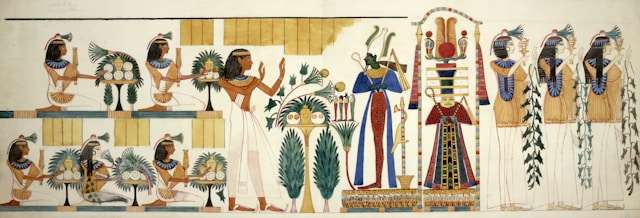

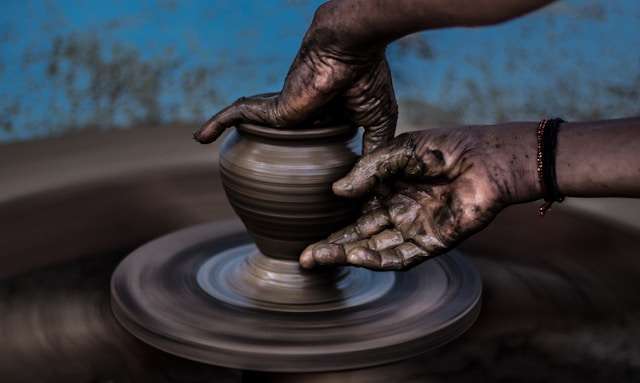
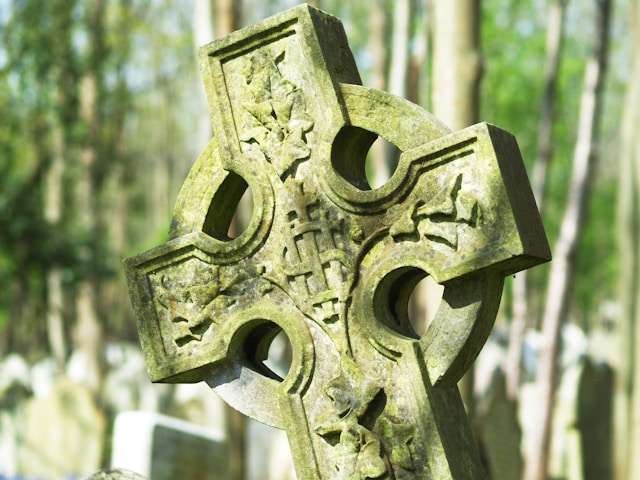

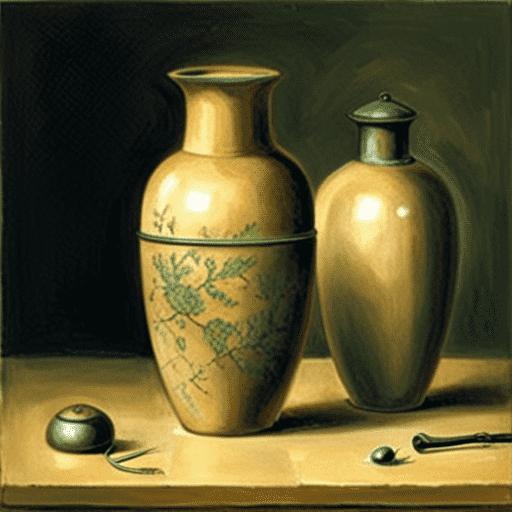
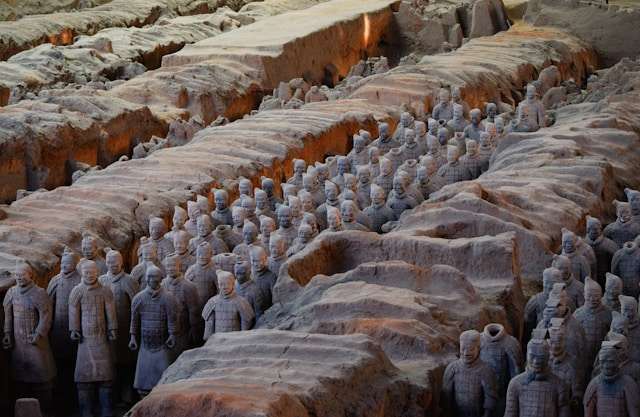

Howdy just wanted to give you a quick heads up. The text in your content seem to be running off the screen in Safari. I’m not sure if this is a format issue or something to do with internet browser compatibility but I thought I’d post to let you know. The style and design look great though! Hope you get the problem resolved soon. Cheers
Слоты и онлайн-игры в казино способны разнообразить жизнь человека. Важно только правильно выбрать площадку — она должна быстро и честно выплачивать выигрыши, надежно хранить персональные данные клиентов, предлагать большой ассортимент развлечений и интересную бонусную программу. Важную роль играют также наличие адаптированной мобильной версии и приложений. https://enic-kazakhstan.kz/
The Basic Principles Of buy injectable steroids. https://onlybookmarkings.com/story16975118/the-basic-principles-of-buy-injectable-steroids
The Basic Principles Of buy injectable steroids. https://daltonwjwi69136.blogkoo.com/5-simple-techniques-for-buy-injectable-steroids-45948501
Wow, fantastic blog format! How lengthy have you ever been blogging for?
you made running a blog glance easy. The entire glance of your website is magnificent, let alone the content
material! You can see similar here dobry sklep